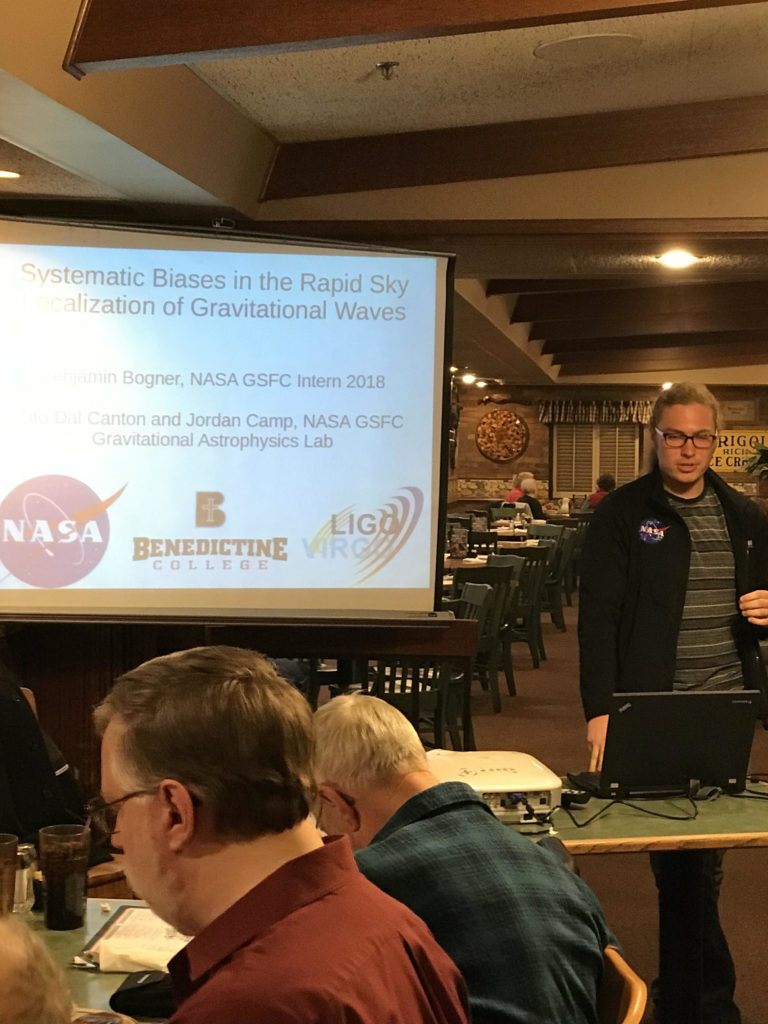
President Harold Childress, WBØLFH, called the meeting to order at 1835. Minutes of the December 2018 meeting were approved. Motion by Joe Pajor; second by Gary Essells.
Harold asked that we give Joe Pajor a hand for doing a good job as vice president even without the designation. Harold asked that all members please help with finding programs. We need a program for the April meeting.
If you know hams who are eligible to join QCWA, please invite them to attend our next meeting.
Bryon Cannon, webmaster, thanked Dale Puckett for his articles for our chapter’s website. If you have something of interest for the website, please e-mail it to QCWA79@gmail.com
There was a clarification that just names and call signs of members will be in the public part of the website. Additional information might be available in a members-only section.
Please respond to meeting notices. You might get one from our president, and one from our secretary. We like to let the restaurant know ahead of the meeting how many people to set up for.
Guest speaker Ben Bogner gave a very interesting program, “Systematic Biases in the Rapid Sky Localization of Gravitational Waves.” He explained what gravitational waves are, how they are detected, and why astronomers care about them.
Meeting adjourned at 1940.